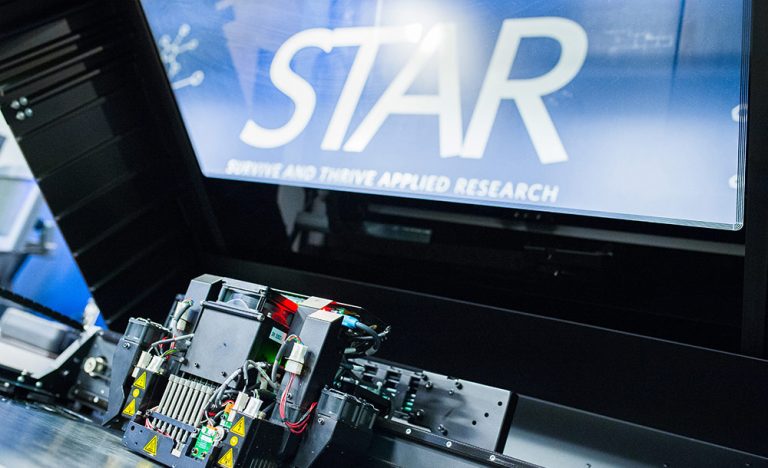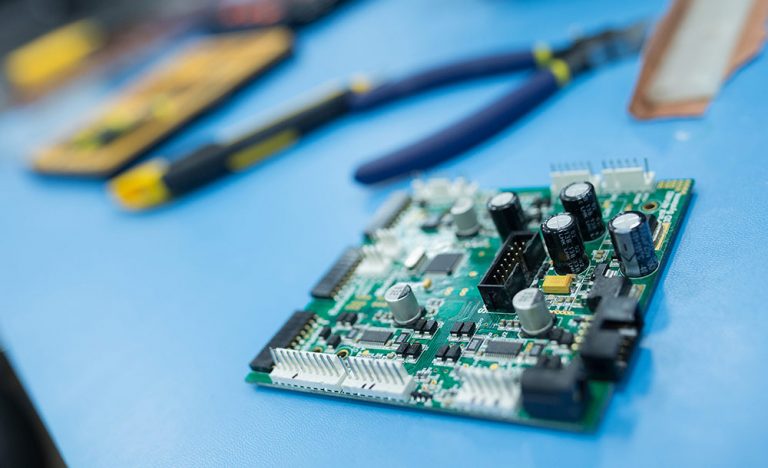Rapid Prototyping
3D Printing & Scanning
UBC STAR’s Connex500 is a multi-material 3D printer for large models. It is able to print models with up to 14 different materials in a single job. Up to 90 digital materials can be manufactured on the fly, including: engineering plastics, transparent shades and patterns, rigid opaque shades, rubber-like materials, and polypropylene with improved thermal resistance.
Hand held digital scanners allow the opposite ability: to scan damaged parts, human body parts, surfaces and sculptures into digital form and create CAD models. The two capacities combined are a powerful multipurpose resource for use across manufacturing, materials prototypes, assistive and protective devices. UBC STAR has two Creaform handheld scanners that can capture colour and texture and provide a large scanning area with a quick set-up and fast measurement rate.
UBC STAR also has sculptural 3D modeling software or “digital clay”, which permits the user to feel virtual objects as they are manipulated on-screen. Complex 3D models can be created for applications in gaming, sculpture, props and set design.
Electronics
Many prototypes include computer technologies for control, sensing, user interface, or web integrated functionality. This requires equipment for fabricating, assembling and analyzing circuit boards. Our Applied Micro and Nanosystems Facility (AMNF) or “Micro Fab” facility has fabrication capabilities for thin-film deposition, photolithography, chemical processing, electronic prototyping, and laser micromilling (in the Machine Shop).
UBC STAR also supports research on radio frequency (RF) power amplifiers and RF power sources, as well as ultrawideband positioning and high sensitivity GPS. Applications for this research include: signal measurements for cellular communication, wireless connectivity, digital video, aerospace and defense.
Our thermal camera allows inspection of Printed Circuit Boards (PCB’s) and small electronic components to find hot spots that can lead to failures. Applications of thermal cameras are wide-ranging and include: security (detection of intruders at night); firefighting (location of victims in smoke); building inspection (finding insulation losses); maritime (night time navigation); and oil & gas (detection of gas leaks).
We also have a handheld, ultra-wideband (UWB) radar device that can penetrate ground and walls, with applications ranging from improvised explosive device (IED) detection to medical monitoring (e.g., heart monitoring).

